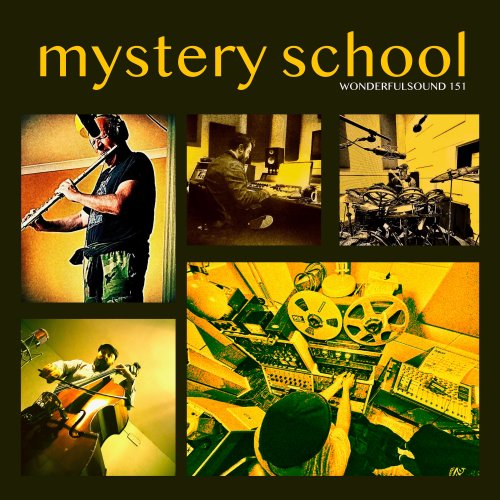Ton Koopman - Opera Omnia IV - Buxtehude: Organ Works II (2007)
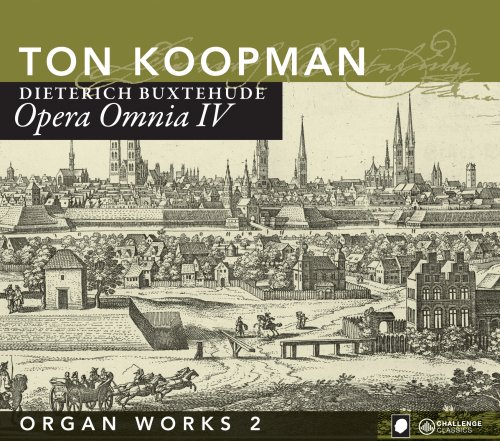
Artist: Ton Koopman
Title: Opera Omnia IV - Buxtehude: Organ Works II
Year Of Release: 2007
Label: Challenge Classics
Genre: Classical
Quality: FLAC (image + .cue, log, artwork)
Total Time: 60:06 min
Total Size: 314 MB
WebSite: Album Preview
Tracklist:Title: Opera Omnia IV - Buxtehude: Organ Works II
Year Of Release: 2007
Label: Challenge Classics
Genre: Classical
Quality: FLAC (image + .cue, log, artwork)
Total Time: 60:06 min
Total Size: 314 MB
WebSite: Album Preview
01. Toccata in F, BuxWV 157
02. Ein feste Burg ist unser Gott, BuxWV 184
03. Fuga in C, BuxWV 174
04. Wie schon leuchtet der Morgenstern, BuxWV 223
05. Nun komm der Heiden Heiland, BuxWV 211
06. Puer natus in Bethlehem, BWV 217
07. Passacaglia in d, BuxWV 161
08. Christ unser Herr zum Jordan kam, BuxWV 280
09. Ach Gott und Herr, BuxWV 177
10. Toccata in G, BuxWV 164
11. Canzona in G, BuxWV 170
12. Danket dem Herren, BuxWV 181
13. Der Tag, der ist so freudenreich, BWV 182
14. Canzonetta in g, BuxWV 173
15. Fuga in G, BuxWV 175
16. Gelobet seist du, Jesu Christ, BuxWV 188
17. Praeludium (manualiter) in g, BuxWV 163
Dieterich Buxtehude's organ works are his most significant contribution to the history of music. They consist of a comprehensive corpus of just 90 compositions, of which more than half are chorale settings. However, these are mostly shorter than the preludes, toccatas and other freely conceived pieces, so these last represent a more substantial share of his entire output.
A large part of it is intended for a tuning with pure thirds and impure fifths, meantone tuning. The majority of these works must have been composed before 1683, since in that year the organs in the Marienkirche, where Buxtehude worked, were converted from the old mean-tone tuning to the more modern Werckmeister tuning. So for these earlier works the choice of a historically interesting organ in meantone tuning, such as the organ by Lüdingworth, seems plausible.
Dieterich Buxtehude (Dietrich, Diderich) was a German-Danish organist and a highly regarded composer of the baroque period. His organ works comprise a central part of the standard organ repertoire and are frequently performed at recitals and church services. He wrote in a wide variety of vocal and instrumental idioms, and his style strongly influenced many composers, including Johann Sebastian Bach. Organist at the Marienkirche in Lübeck for most of his life, Buxtehude is considered today to be the leading German composer in the time between Schütz and Bach.
A large part of it is intended for a tuning with pure thirds and impure fifths, meantone tuning. The majority of these works must have been composed before 1683, since in that year the organs in the Marienkirche, where Buxtehude worked, were converted from the old mean-tone tuning to the more modern Werckmeister tuning. So for these earlier works the choice of a historically interesting organ in meantone tuning, such as the organ by Lüdingworth, seems plausible.
Dieterich Buxtehude (Dietrich, Diderich) was a German-Danish organist and a highly regarded composer of the baroque period. His organ works comprise a central part of the standard organ repertoire and are frequently performed at recitals and church services. He wrote in a wide variety of vocal and instrumental idioms, and his style strongly influenced many composers, including Johann Sebastian Bach. Organist at the Marienkirche in Lübeck for most of his life, Buxtehude is considered today to be the leading German composer in the time between Schütz and Bach.
Related Release:


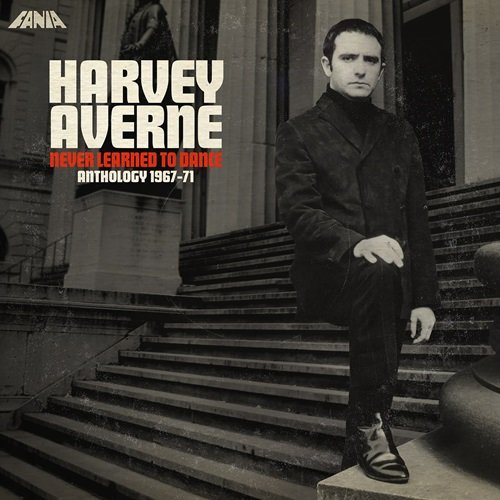
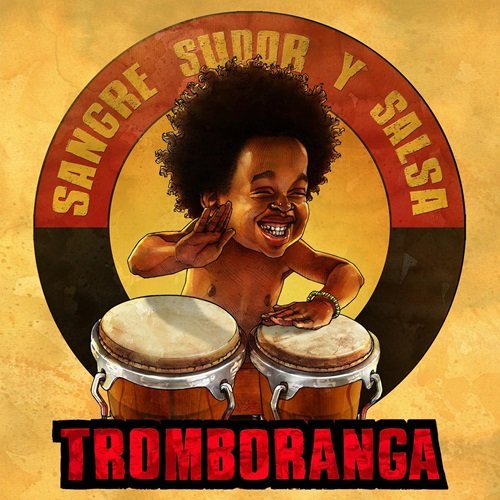
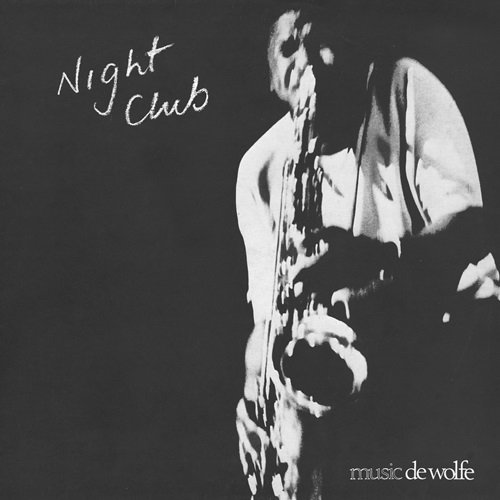
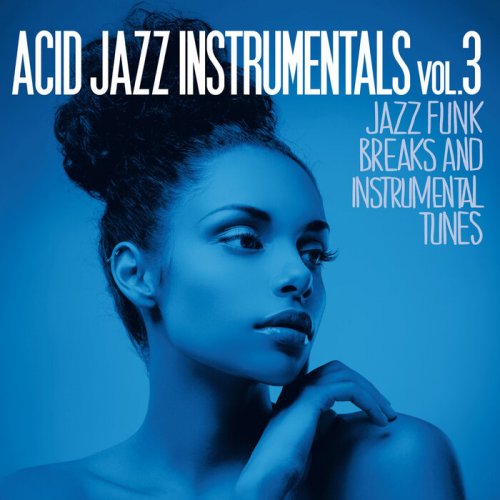
![Dhafer Youssef - Shiraz (2025) [Hi-Res] Dhafer Youssef - Shiraz (2025) [Hi-Res]](https://www.dibpic.com/uploads/posts/2025-11/1762873471_folder.jpg)
